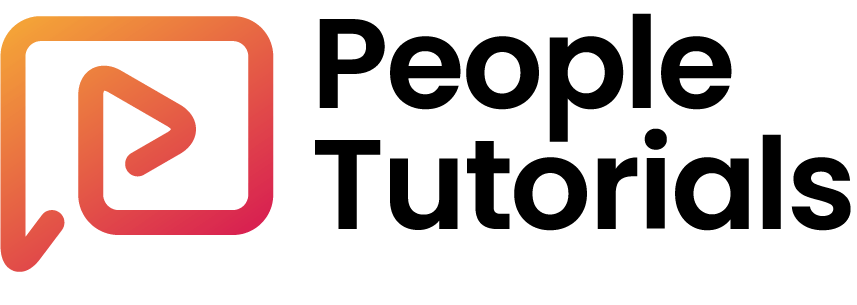Marketing is confusing when you don’t understand how the pieces fit together. It’s like trying to solve a puzzle with half the box missing.
Let’s fix that.
First things first is expectations. What’s the point of the campaign?
You figure that out by asking business questions:
- Are sales up or down?
- Have any new products been introduced recently?
- Is there a new product?
Marketing isn’t a fix for sales.
The best marketing can’t get a shitty product sold. You’ll get a spike in activity, maybe some sales, but it won’t last.
Marketing also doesn’t create demand.
is an important one, so listen up.
You can only direct existing interest.
You start by figuring out where the interest already is.
One way to do this is with keyword research.
Research
SEO isn’t the only use of keyword research. It reveals trends and behavioral patterns. It gives you clues about people’s intent.
If you see high traffic for sinus meds in a particular area, it’s a clue that the weather there is dusty. The obvious sale there is sinus meds, but zoom out.
You can sell air purifiers. Air conditioners. A weekend getaway to somewhere with clean air.
You can extrapolate many things from intent, but you have to immerse yourself in your audience’s shoes. If they’re searching for one thing, what’s the context for that thing?
You can do this research for free with Google Trends and Google Analytics.
If you want deeper insight, you can use Ahrefs or SEMrush. These are paid.
I use SEMRush.
I can’t advise one over the other because they all have their strengths and weaknesses.
Yup, the cliche is true: it’s how you use it that matters.
This research is your foundation.
Now you can start to layer on the parts of your campaign machine.
You’ll need 4 things:
- A way to publish information
- A way to distribute information
- A way to ask questions and collect feedback
- A way to collect and monitor raw data
Publishing
To publish information, start with one medium. Ideally you want something that can be reformatted into other things (that’s called repurposing). I recommend a long form article to start. That article can easily become a YouTube or podcast script. It can be cut up into posts for LinkedIn, Facebook and Instagram.
The format gets you started.
Next you have to distribute it.
Here’s a quick table for you:
Organic reach:
- Newsletter? Beehiiv or Substack. Both are great. Just pick one and start.
- Video? YouTube for long form. TIkTok for short form.
- Podcast? Podbean.
- Static Posts? LinkedIn if you’re B2B. FB and/or IG if you’re B2C.
The reach on LinkedIn is great. Focus on the hook and post it with a photo. Forget the other formats.
The reach on IG and FB is terrible. You’re going to have to pay to win. Accept it and move on.
Paid Distribution
Note: Before you come at me, these figures are based on what I’ve seen in the Caribbean market. Every campaign is unique, every market is different, every industry is different.
I advise all my clients to run a pilot campaign. Use 10% of your budget to run a test based on a hypothesis (a fancy guess). If it works, you know to continue and expand. If it doesn’t, you know you need to run another test. The goal here is to find the right direction.
I made a GPT to help you estimate: https://chatgpt.com/g/g-681df30811a4819195b668bd30438987-advertising-budget-estimator
—
Google Ads: expensive. Lower numbers but higher quality numbers. Search Ads tap directly into people’s intent. You’ll waste your money if you don’t have an optimized website. Optimization covers a ton of different things, but the main gist is to make sure your site loads quickly and the important information is easy to find. Everything else stems from there.
Budget should start at 1500USD per month.
Meta Ads: cheaper. Higher numbers but lower quality. People scroll IG and FB when they’re on the toilet (you get the point). The intent to buy isn’t always there. Entertainment works better here. This is usually more of a long term play to get people saying your name.
Budget should start at 500USD per month.
LinkedIn Ads: expensive, but weird.
I don’t have enough personal experience with this to tell you what works with LinkedIn Ads. After some digging, there’s—of course—divided opinions on this, but it seems the:
Budget should start at 500USD per month.
| Platform | Budget Start | Notes |
|---|---|---|
| Google Ads | $1500/month | High intent. Needs optimized website. |
| Meta Ads | $500/month | Cheap reach. Low buying intent. |
| LinkedIn Ads | $500 – $1000/month | Niche targeting. Can be weird. |
Tip: say the same thing over and over. Same words. Consistent message. Nobody really cares if you repeat yourself. People’s memory on social is trash. Work to suit.
Alright, that’s your way to publish and your way to distribute.
Now you need a way to ask questions and collect feedback.
There’s a few ways to do this.
Feedback
I’ll rank them from simple to complex (also cheapest to most expensive)
- Comments and DMs. Reach out with a single question. Record the responses in a spreadsheet.
- Google Forms. Free. Keep it simple. 5 questions max. 3 is best. Reports come to you via email.
- Forms on a CRM. There are a few. The free tier of HubSpot is a good place to start.
- AI and automation. Powerful, but you can automate the wrong thing. Think it through.
Data
What gets measured gets improved.
Every click, comment, and bounce tells a story. Are they staying? Are they leaving?
Are they buying?
Use the data to double down or pivot.
Final Word
Campaigns don’t win because they’re pretty.
They win because they’re aligned.
With the business goal.
With the audience’s interest.
With a system that knows how to publish, distribute, listen, and learn.
No magic. Just mechanics.
This article is the basic shape of a campaign. This whole thing can become as complicated or as simple as you want it to be. Next week I’ll cover how creative (copywriting, graphic design, photography, etc) fits into this machine.
After that, we’ll look at how AI comes into the picture to help develop and automate these things. To make the best strategy though, you really need to understand what AI is automating and how.
Need help?
Email me for a complimentary audit: info@ciinq.com.








